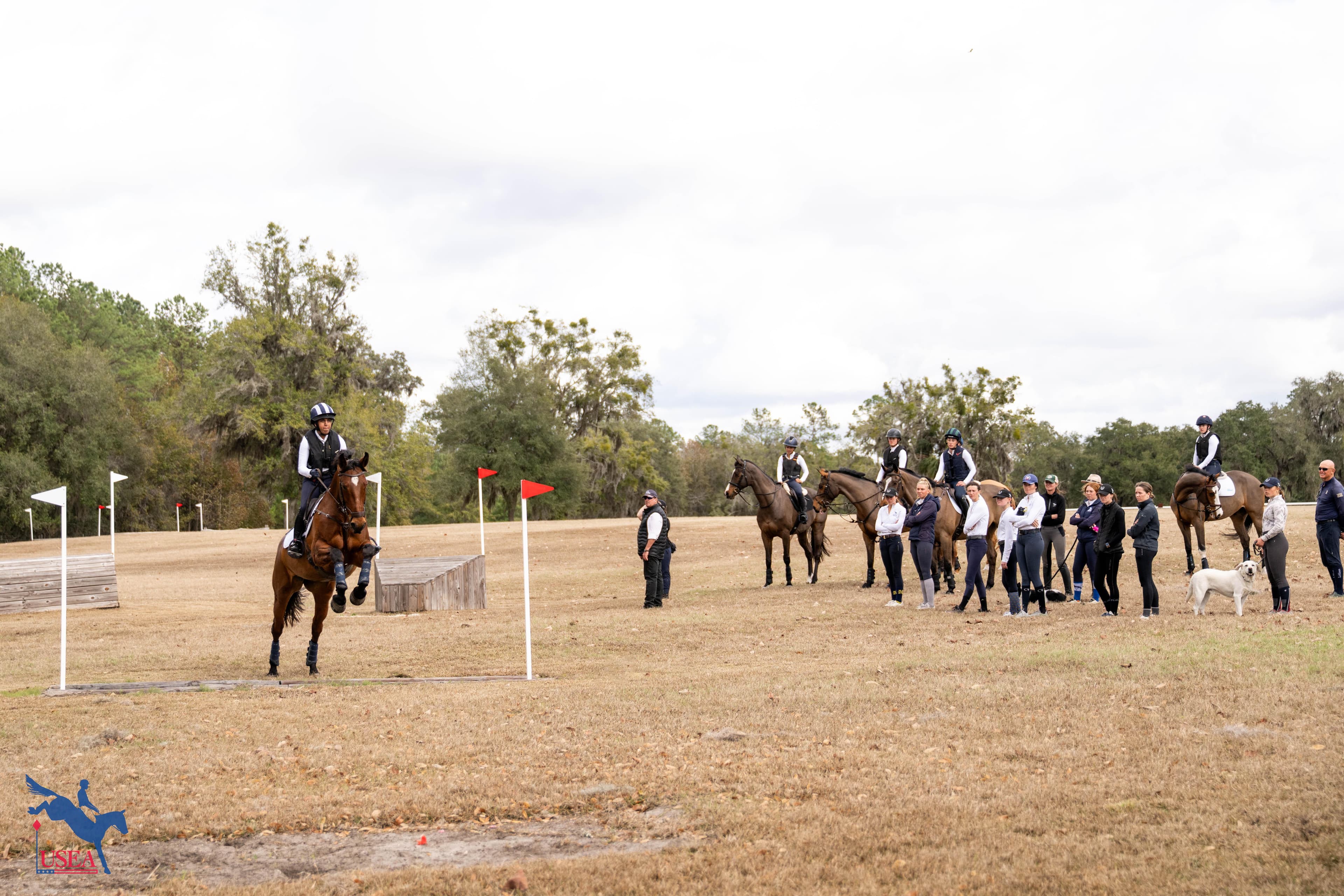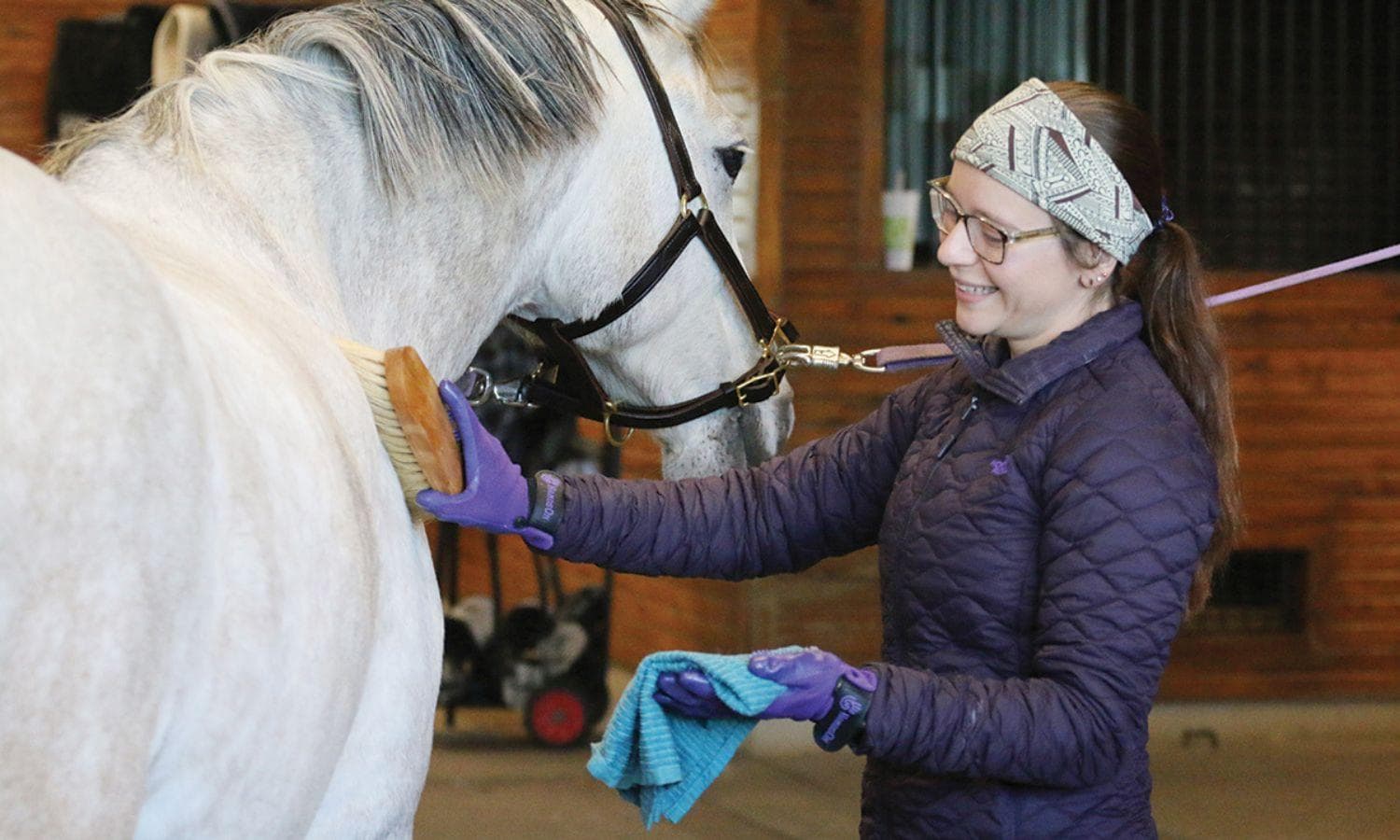What the *****? The New FEI Star System Explained
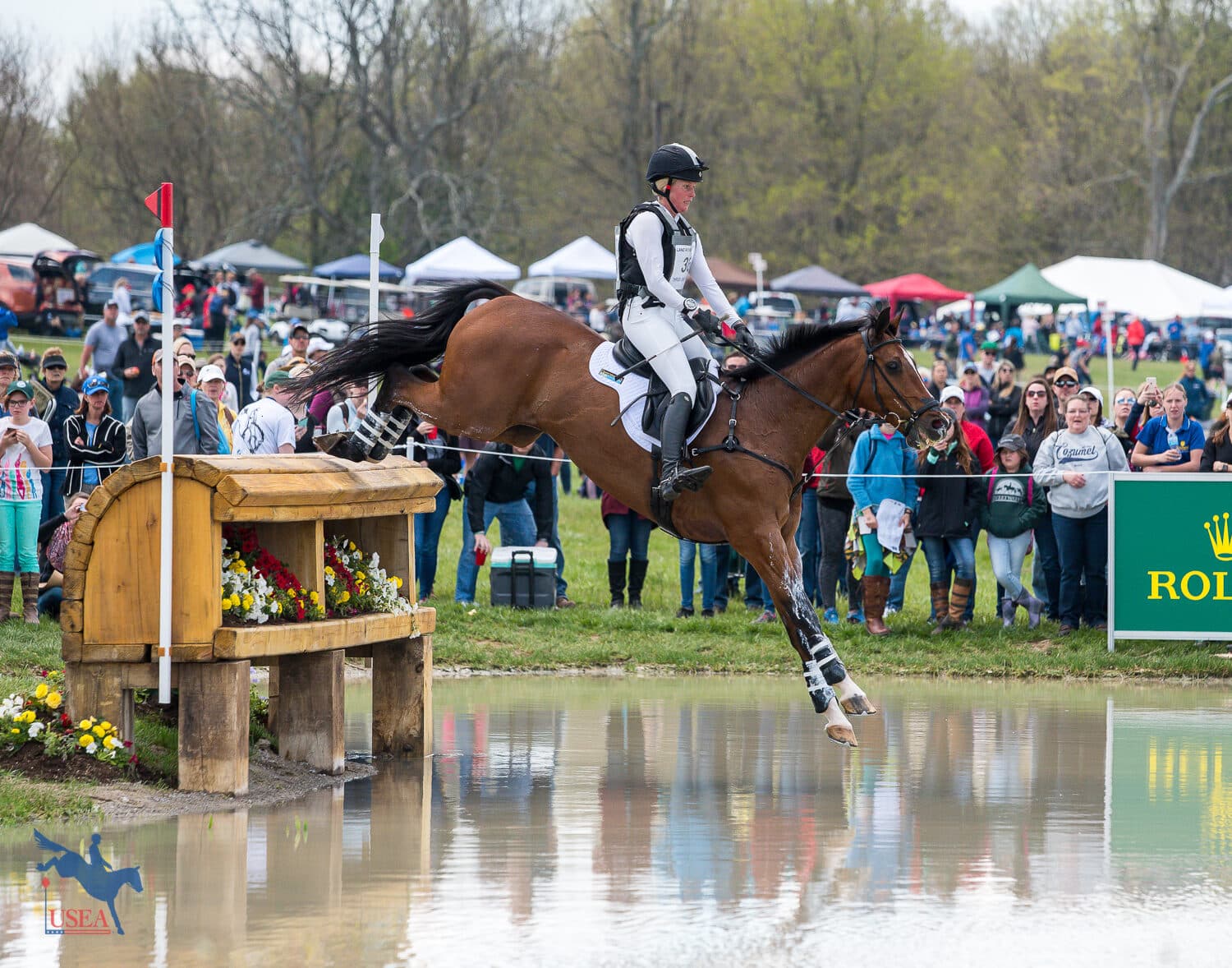
There has been plenty of buzz over the last 18 months about the Fédération Equestre Internationale’s (FEI) decision to restructure the international event classification system, changing the system from four stars to five and changing CIC and CCI designations to CCI-S and CCI-L. This new five-star system will officially go into effect on January 1, 2019. While that date is still a few months off and the FEI still needs to vote on the final details of the new system at the FEI General Assembly in November, these new designations are now appearing on the USEA's 2019 Eventing Calendar.
A Brief History of Olympic Eventing
One of the first equestrian competitions ever held that can most easily be recognized as eventing was the Championnat du Cheval d'Armes held in France in 1902, 10 years before eventing would first appear at the Olympic Games. At the 1912 Games in Stockholm, the eventing competition was held over five days, with endurance on the first day, steeplechase on day three following a day of rest, followed by show jumping on day four and concluding with dressage on day five.
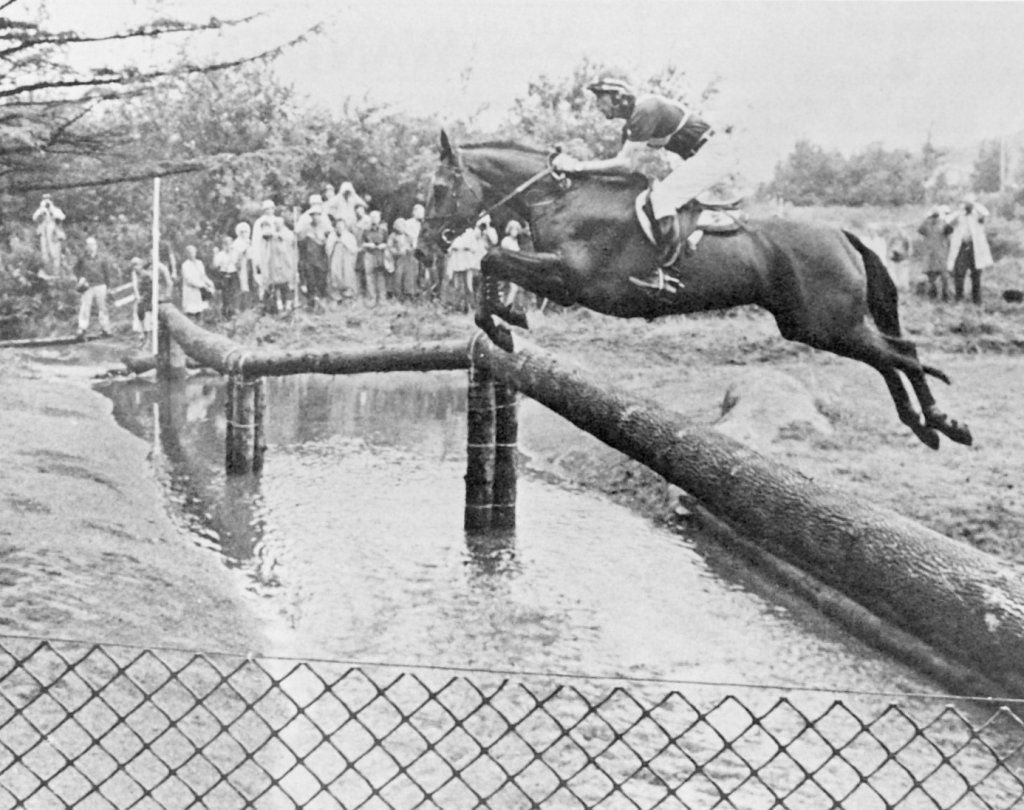
At the 1924 Olympic Games in Paris, France, eventing adopted a format that more closely resembles that of today’s three-day events. Dressage was held over the first two days, followed by endurance day, which contained five phases – A, B, C, D, and E, and concluding with show jumping on the final day. The 10-minute rest period between phases C and D was introduced in 1963, and phase E – a 1.25-mile sprint – was removed in 1967. For many years a point system was in place that rewarded riders for coming in under the optimum time, but this system was abolished in 1971.
At the 2004 Olympic Games in Athens, phases A, B, and C were removed from endurance day, leaving only phase D, the cross-country phase we recognize today. This new “short format” was created by the FEI in response to pressure from the International Olympic Committee (IOC), who was considering eliminating eventing from the Olympics due to the cost, manpower, and land requirements to host the roads and tracks and steeplechase phases. The Kentucky Three-Day Event, Badminton Horse Trials, and Burghley Horse Trials all ran their last long format three-day events in 2005, switching to the phase D only “short format” in 2006.
CCI vs. CIC
The FEI system as it currently stands denotes international competition with one of two designations: Concours Complet International (CCI) and Concours International Combiné (CIC). Before the removal of phases A, B, and C from endurance day, CCI indicated competitions with the full endurance day while CICs were internationally-recognized horse trials, which only ran phase D. When phases A, B, and C were permanently removed from all competition, the FEI changed the distances of CCI cross-country courses to be longer and contain more obstacles than CICs. Though much less common, the designations of Concours Complet National (CCN) and Concours National Combiné (CNC) are used to indicate national level three-day events held under the FEI Rules for Eventing but not using the FEI General Rules or Veterinary Regulations.

The four different levels of CCI/CIC competition are indicated using stars: one-star (*), two-star (2*), three-star (3*), and four-star (4*). The one-, two-, and three-star levels most closely equate to the national levels of Preliminary, Intermediate, and Advanced. The four-star level is the highest level of eventing and is offered at six competitions around the world: the Kentucky Three-Day Event (USA), Badminton Horse Trials (GBR), Burghley Horse Trials (GBR), Australian International Three-Day Event (AUS), Luhmühlen Horse Trials (GER), and Les Etoiles de Pau (FRA).
For example, at the CCI3* level, cross-country courses are 5,700-6,800 meters ridden at 570 meters per minute for a total time of 10-12 minutes and can include a maximum of 40 jumping efforts. In comparison, CIC3* cross-country are held over 3,200-4,000 meters at 570 meters per minute and can include a maximum of 40 jumping efforts.
From Four Stars to Five
Following the 2016 Olympic Games in Rio, the IOC approached the FEI insisting on modifications to the existing format yet again for eventing to maintain its status as an Olympic discipline. “There was a lot of pressure from the Olympic Committee to make it more spectator friendly, to make it cheaper, and we definitely had to have more [countries represented],” said Marilyn Payne, a member of the FEI Eventing Committee.
At the 2016 FEI General Assembly, the FEI voted in favor of several proposed format changes for the Olympic Games that would make it both easier for more countries to participate and easier for spectators to understand. Those changes include limiting nations to teams of three with no drop score and changing the level of competition to (current) four-star dressage and show jumping with a 10-minute, 45-effort cross-country course at the (current) three-star level of difficulty.
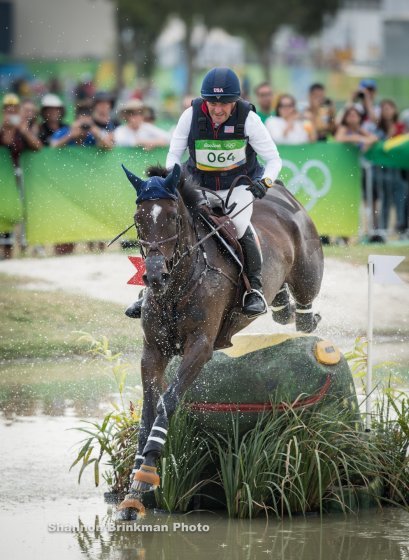
The proposition to alter the star system that was accepted a year later at the 2017 FEI General Assembly was intended to satisfy two of the IOCs demands: increasing spectator friendliness and increasing the number of participating nations. “The real catalyst for changing it to the five-star system is basically the same idea [as it was in 2004] – we want to stay in the Olympics,” Payne explained.
As a sport that has frequently been accused of being too complicated for spectators to understand, the decision to change from a four-star system to a five-star system helps eventing match up with the existing five-star systems of both FEI jumping (CSI) and FEI dressage (CDI) competition. Additionally, switching from using CIC and CCI to CCI-S and CCI-L is intended to be a clearer way to distinguish between the two types of competition. “It’s going to help the general public understand one- through five-star better and the long and short format better,” said Payne.
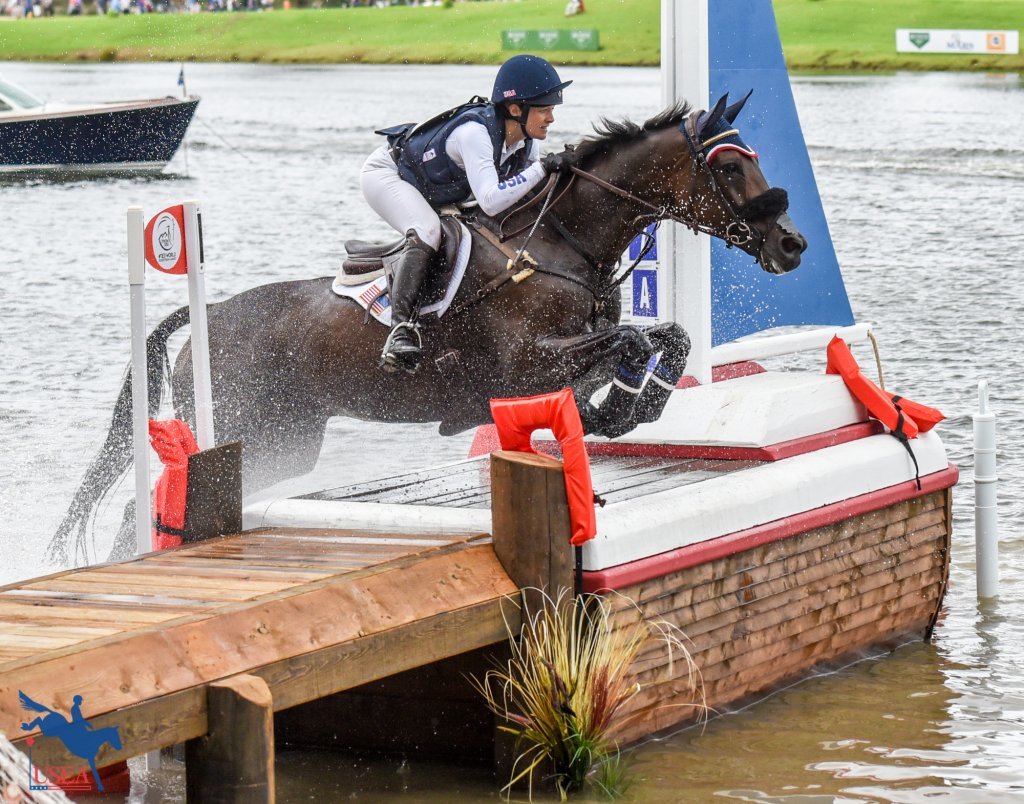
A risk management assessment was performed in 2016 using data supplied by the FEI and analyzed by a team of independent researchers from the Universities of Liverpool and Bristol. “The study recommended that riders should have to qualify at the level of cross-country they are going to compete at the Championships,” said Payne. “It was not right for riders to qualify at the three-star level and then compete in a four-star event – there was much more risk involved.”
Hence, with Olympic cross-country now designated at the (current) three-star level of difficulty, more riders from more nations will have the opportunity to qualify. Payne added, “By having five stars, the one-star will now be below what the one-star was and very close to our Modified level. That’s intended to create a pipeline to let developing countries in eventing hold competitions and get riders competent at that level so they can naturally progress to the higher levels. Plus, the more countries who participate, the more spectators who will watch.”
“Ultimately it’s all about risk management and trying to make the sport safer,” Payne concluded.
While the 2017 FEI General Assembly proposed the rule change that would implement the new five-star system, there were still plenty of details to iron out. The FEI elected to not put the new star system into place until 2019, giving them 2018 to refine the language of the new system. However, the new international Introductory level, which will become the new CCI* level and is roughly equivalent to the Modified level, was introduced in 2018.
The Bottom Line
So, what does this all mean? The gist of it is fairly simple:
- The existing levels will be increased by a single star, with the new Introductory level that was introduced in 2018 becoming the new one-star level. The existing one-star level will become the two-star level, the two-star will become the three-star, the three-star will become the four-star, and the four-star will become the CCI5*-L.
- The Olympic Games and FEI World Equestrian Games exist in their own special category. Dressage and show jumping will be held at the five-star level while cross-country will be 10-11 minutes long with 40-45 efforts at the new four-star level of difficulty.
- CCI competitions will now be referred to as CCI-L (for long) while CIC competitions will become CCI-S (for short).
- The existing specifications for dressage, cross-country, and show jumping, as well as qualifications for the existing levels, will remain unchanged.
Over the course of 2018, the FEI has continued to refine the new system proposed in 2017, primarily focusing on fine-tuning updates to relevant language in the rulebook and deciding on the additional requirements for the five-star level.
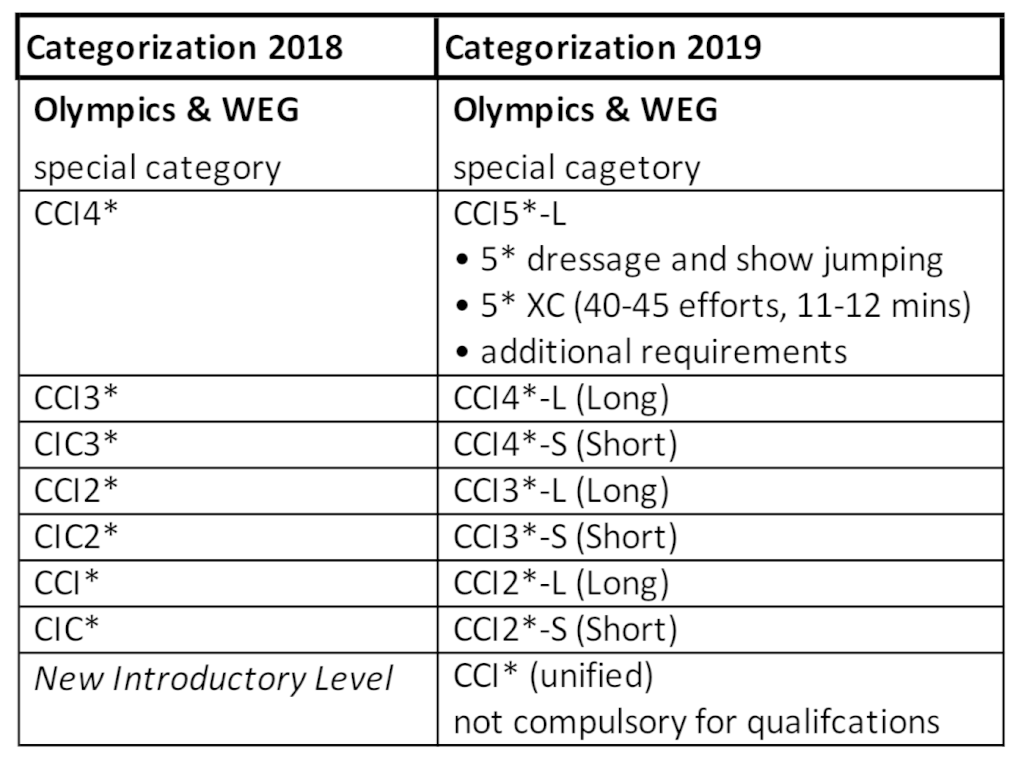
The new Introductory level that was introduced in 2018 and will become the new one-star level in 2019 can be organized as short or long format regarding the order of the phases and horse inspections and is not compulsory for qualifications at the two-star level and above. Two USEA recognized events are planning to offer this new one-star level in 2019: the Maryland Horse Trials and the Virginia Horse Trials.
The six existing CCI4* competitions — Kentucky, Badminton, Burghley, Australia, Luhmühlen, Pau and — will all be granted the new CCI5*-L category designation in 2019, but will be required to fulfill the new additional designated requirements within the next two years.
- Mandatory minimum level of prize money of €150,000 Euro
- Mandatory closed-circuit television for public, athletes, owners, and ground jury
- Minimum number of starters is 30, maximum is 75
- 6,270-6,840-meter cross-country course (11-12 minutes) with 40-45 efforts
Starting in 2020, a yearly review of the CCI5*-L competitions will take place to evaluate each event’s performance based on these requirements with their status either being renewed or revoked accordingly.
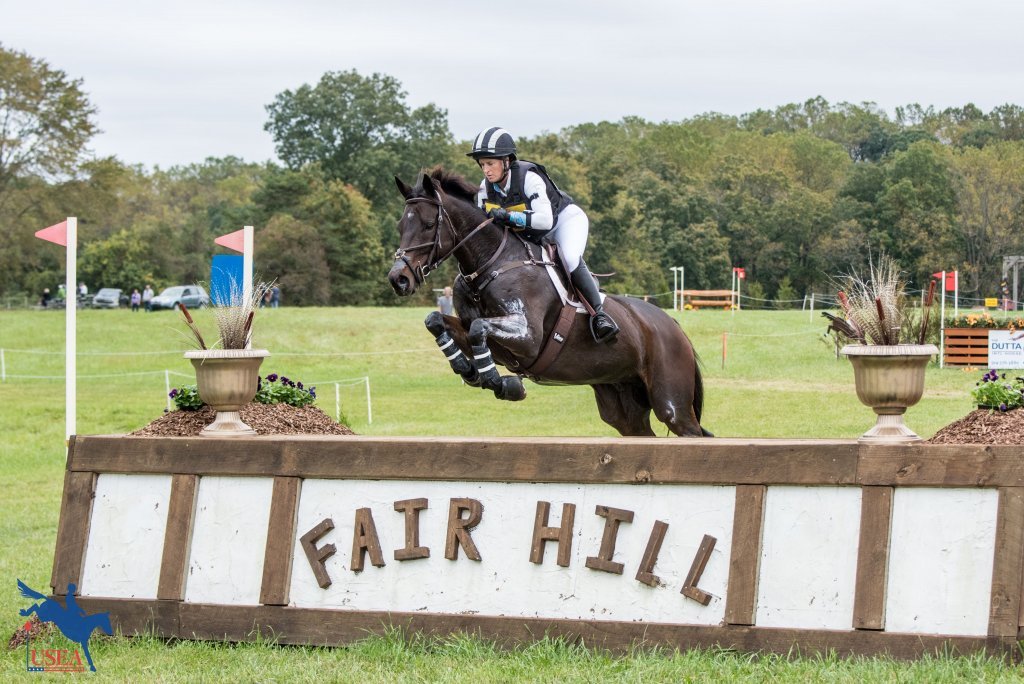
In 2017, US Equestrian (USEF) approved a recommendation to award a new CCI4* event to Fair Hill. After the FEI announced the changes to the star system in November of 2017, Fair Hill made the decision to wait until the new specifications were finalized before moving forward with improvements to the facility. Fair Hill, working in partnership with the State of Maryland, plans to host their inaugural five-star competition in 2020.
The final details of the new FEI five-star system, along with all other proposed FEI rules changes for the 2019 competition year, will be discussed and put to a final vote on at the 2018 FEI General Assembly in Manama, Bahrain on November 16-20, 2018. The approved rule changes will become effective on January 1, 2019.

